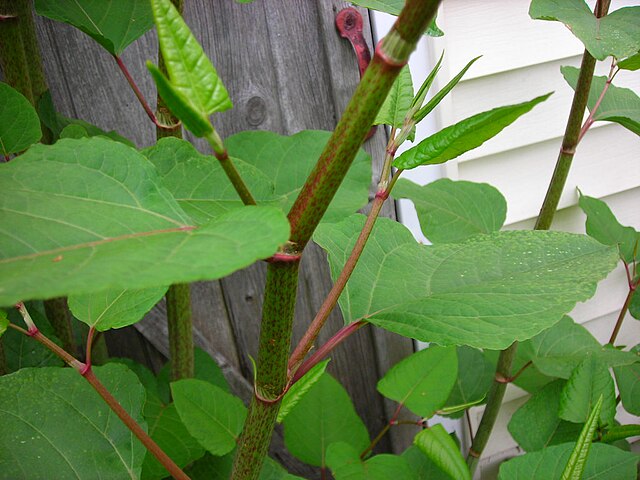Catching Japanese Knotweed
Japanese Knotweed, scientifically known as Fallopia japonica, is a highly invasive plant species that poses significant threats to ecosystems, infrastructure, and property values. Originating from East Asia, it was introduced to Western countries as an ornamental plant in the 19th century. However, its rapid growth rate, ability to spread vigorously, and resilience make it a formidable adversary in the natural environment.
Understanding Japanese Knotweed
Japanese Knotweed is notorious for its tenacious growth habits. It can thrive in various environments, including roadsides, riverbanks, gardens, and even through concrete cracks. Its bamboo-like stems can reach heights of up to 3 meters, forming dense thickets that crowd out native vegetation and disrupt delicate ecosystems.
One of the most alarming characteristics of Japanese Knotweed is its ability to spread rapidly. The plant can regenerate from tiny fragments of its rhizomes, making it incredibly challenging to eradicate once established. This resilience allows it to colonize new areas quickly, outcompeting native flora and altering entire landscapes.
The Threats Posed by Japanese Knotweed
The unchecked proliferation of Japanese Knotweed can have far-reaching consequences. Ecologically, it can reduce biodiversity by outcompeting native plants for resources such as light, water, and nutrients. This disrupts the natural balance of ecosystems, making them more susceptible to erosion and degradation.
Moreover, Japanese Knotweed can cause structural damage to buildings, roads, and infrastructure. Its extensive root system can penetrate through cracks in concrete, asphalt, and foundations, leading to costly repairs and decreased property values. In some cases, it may even pose a risk to the stability of buildings and land.
The Importance of Early Detection
Given the significant threats posed by Japanese Knotweed, early detection and intervention are crucial in preventing its spread and minimizing damage. Detecting Japanese Knotweed in its early stages allows for more effective control measures to be implemented before it becomes established and widespread.
There are several signs to look out for when identifying Japanese Knotweed:
- Distinctive Growth Patterns: Japanese Knotweed often forms dense clusters of tall, bamboo-like stems with heart-shaped leaves arranged in a zigzag pattern along the stems.
- Reddish-Purple Shoots: In the spring, new shoots emerge from the ground with reddish-purple hues, gradually turning green as they mature.
- White, Tangled Rhizomes: Beneath the surface, Japanese Knotweed spreads via an extensive network of interconnected rhizomes, which can be identified by their white, fibrous appearance.
- Late Season Growth: Japanese Knotweed continues to grow late into the season when many other plants have ceased growth, giving it a competitive edge. For more insights and further information about catching japanese knotweed, you may visit japanese knotweed removal Manchester to know more.

Effective Control and Management Strategies
Early detection is the first step towards effective control and management of Japanese Knotweed. Once identified, there are several strategies that can be employed to contain its spread and minimize its impact:
- Mechanical Control: This involves physically removing the above-ground foliage and digging up the underground rhizomes. However, this method can be labor-intensive and may require multiple treatments to be effective.
- Chemical Control: Herbicides specifically formulated to target Japanese Knotweed can be applied to the foliage or injected directly into the stems. This method is often more effective at eradicating the plant but should be used with caution to minimize harm to the surrounding environment.
- Biological Control: Introducing natural predators or pathogens that target Japanese Knotweed can help suppress its growth. However, this approach requires careful consideration to prevent unintended harm to native species.
- Preventative Measures: Taking steps to prevent the introduction and spread of Japanese Knotweed is essential. This includes avoiding the transportation of soil or plant material from infested areas and maintaining vigilant monitoring and early detection efforts.
Conclusion
Japanese Knotweed poses significant threats to ecosystems, infrastructure, and property values. Its rapid growth, ability to spread vigorously, and resilience make it a formidable invasive species. Early detection and intervention are critical in preventing its spread and minimizing damage. By understanding the signs of Japanese Knotweed infestation and implementing effective control and management strategies, we can mitigate its impact and protect our environment for future generations.





